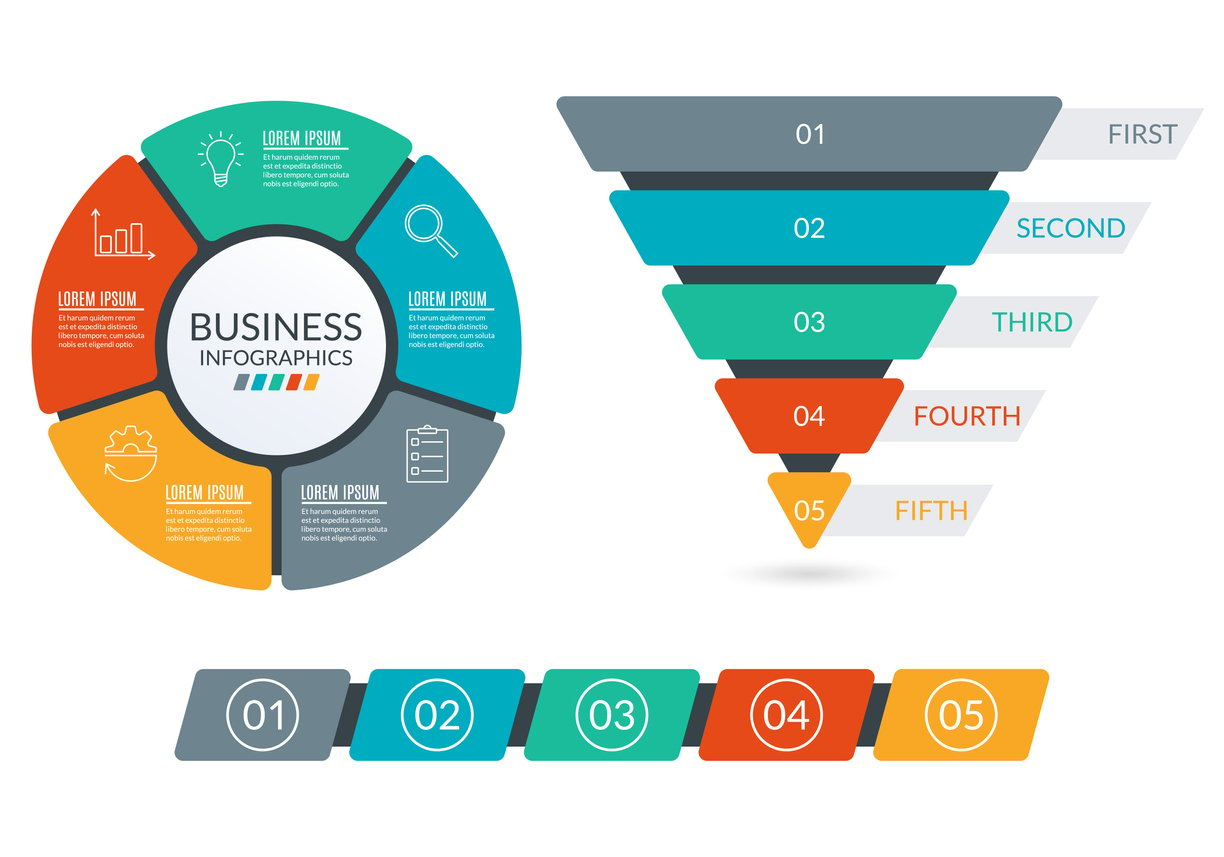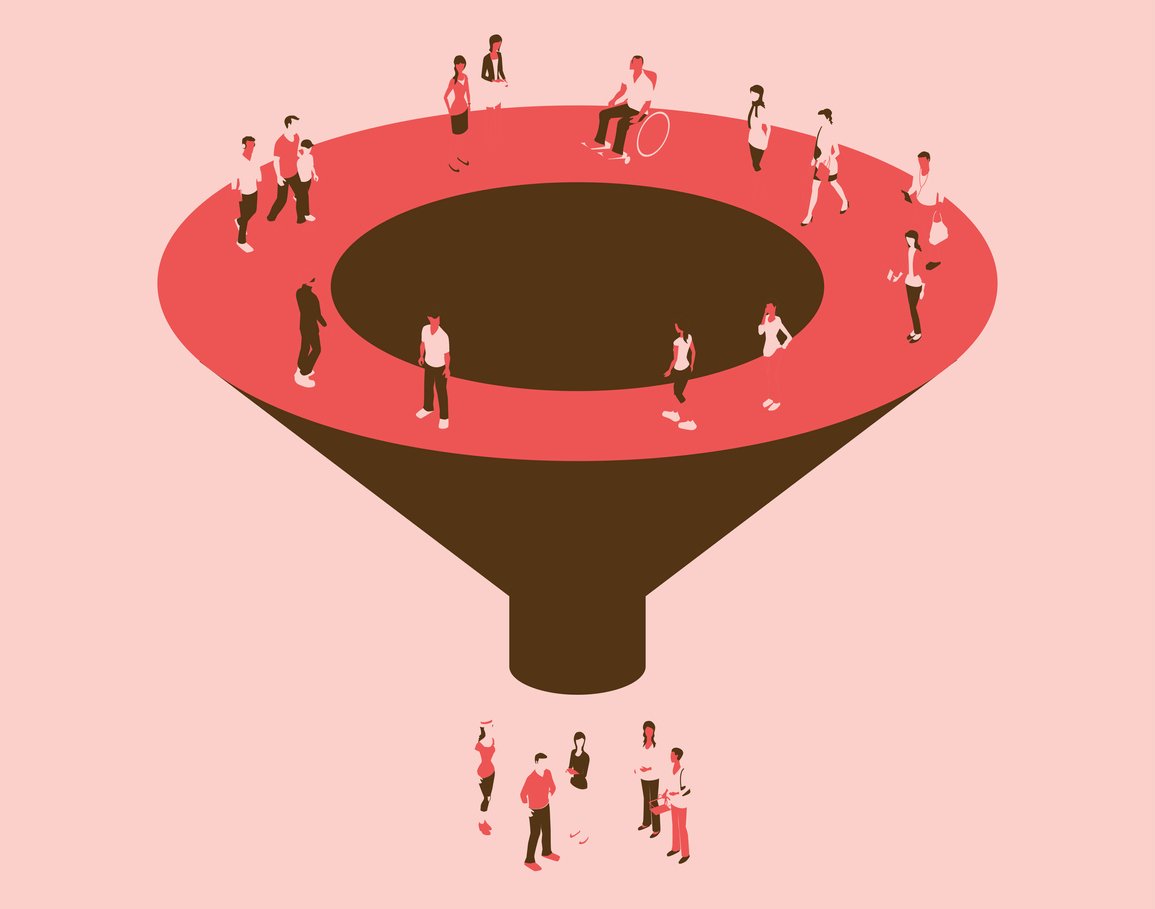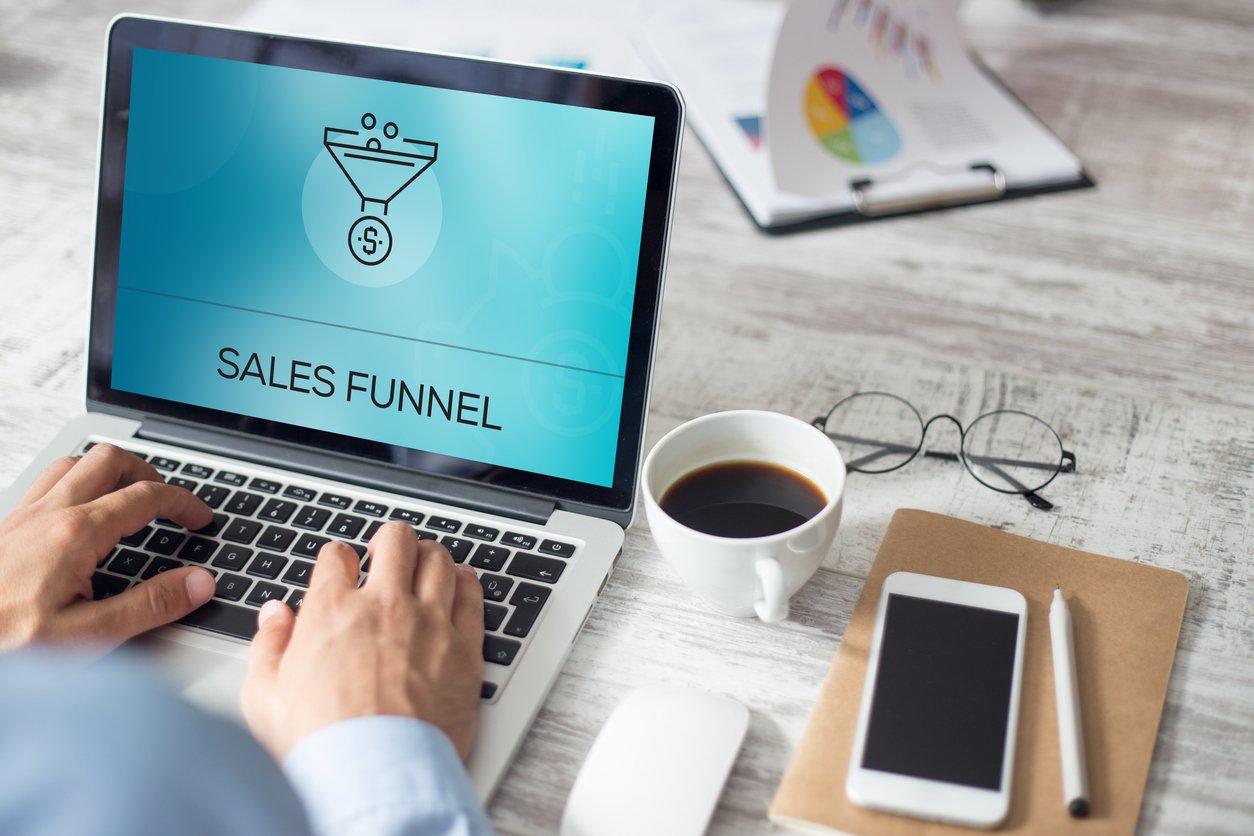
How to Reduce Customer Acquisition Cost in 5 Easy Steps
 Updated on
Updated on
 By Carlos Correa
By Carlos Correa
Carlos Correa
Carlos has been involved in the sales space for well over ten years. He began in the insurance space as an individual sales agent, managing teams as s...
learn more
Carlos Correa
Carlos has been involved in the sales space for well over ten years. He began in the insurance space as an individual sales agent, managing teams as s...
Table of Contents
Table of Contents
If you're feeling the strain of hefty marketing budgets and minimal ROI, you’re not alone.
Businesses across industries are searching for sustainable ways to bring in new customers without breaking the bank.
The solution?
Learning how to reduce customer acquisition costs effectively.
In this article, we’ll explore actionable methods for lowering customer acquisition costs (CAC) while maximizing value. Give these techniques a go and start shifting your budget toward retention and expansion rather than spending endlessly on customer acquisition.
Analyzing Your Current Customer Acquisition Costs

Before we teach you how to reduce customer acquisition costs, it's important to analyze your business's current metrics.
Do you know how much you're spending to acquire a single customer?
If not, it’s time to calculate your CAC accurately and break it down by channel.
How to Calculate Customer Acquisition Cost
To calculate your CAC, divide the total costs spent on marketing and sales by the number of new customers acquired during the same period.
Here’s the formula:
CAC = Your Total Sales and Marketing Costs Across All Channels / Number of New Customer Acquired
For instance, if you spend $30,000 on marketing in a quarter and acquire 300 customers, your CAC is $100 per customer. However, this formula is only useful if you’re thorough.
Include expenses like:
- Advertising spend
- Customer acquisition services
- Salaries for sales and marketing teams
- Software subscriptions (e.g., CRM tools like Ringy)
- Creative development costs
Did you know acquiring new customers can cost 5 to 25 more than retaining an existing one?
For SaaS companies, this number can range from $500 to over $1,000 depending on their sales model.
Knowing your numbers helps determine whether you’re above or below industry standards.
Breaking Down Your CAC by Channel
Breaking down your CAC by channel is key to identifying inefficiencies.
For example, if your email marketing campaigns generate significantly lower costs per acquisition compared to paid ads, it might be time to reallocate resources.
Here's a simple example table of hypothetical CAC scenarios for a company figuring out how to reduce customer acquisition costs.
|
Marketing Channel |
Spend |
New Customers |
CAC |
|
Paid Ads |
$10,000 |
50 |
$200 per customer |
|
Email Marketing |
$2,000 |
20 |
$100 per customer |
|
Social Media |
$5,000 |
25 |
$200 per customer |
Utilize data like this to make informed decisions about which channels to prioritize. With our tool, Ringy's customer relationship management features, you can track channels efficiently, giving you a clearer picture of where your money is going.
Don't forget: once you’ve broken down your CAC, set realistic benchmarks!
Aim to lower costs incrementally while maintaining or improving your customer experience. Use our sales software's pipeline management tools to help visualize progress, making it easier to stick to your goals.
How to Reduce Customer Acquisition Cost in 5 Steps

Now that you understand your current CAC, let’s explore actionable strategies to lower it.
Each step will tackle a key aspect of your customer acquisition funnel, ensuring you see results without sacrificing quality.
Introduce Targeted Audience Segmentation
One-size-fits-all marketing is inefficient and expensive.
Instead, segment your audience to focus on high-value groups. For example, use demographic, geographic, and behavioral data to refine your messaging.
There are two main reasons why audience segmentation matters:
- Better ROI: Focus your budget on high-value leads who are more likely to convert.
- Personalization: Deliver messaging that resonates with specific customer needs.
Research shows that over 70% of B2B sales and marketing professionals believe personalization builds better customer relationships.
Segmentation becomes even more powerful when combined with data analytics.
Analytics tools can help you identify high-value customer segments based on factors like lifetime value (LTV), purchase frequency, and referral potential.
For example:
|
Segment |
Lifetime Value (LTV) |
Conversion Rate |
Marketing ROI |
|
New Customers |
$300 |
2% |
Moderate |
|
Returning Customers |
$1,200 |
15% |
High |
|
Referral Prospects |
$1,500 |
20% |
Very High |
Remember, segmentation isn’t a one-time task.
Be iterative with your approach as customer behavior and preferences evolve. For instance, if your analytics show returning customers have a higher conversion rate, you might prioritize re-engagement campaigns targeting this group.
Use Content Marketing for Low-Cost Awareness
Content marketing is influential in creating awareness at a fraction of the cost of paid ads.
According to The New York Times, content marketing costs 62% less than traditional marketing while giving businesses a 6 times more likely chance to convert those leads into paying customers.
But what makes content marketing such an effective low-customer acquisition method?
- SEO: By targeting keywords like "how to reduce customer acquisition cost," you attract organic traffic that converts.
- Engaging Formats: Blogs, videos, and infographics educate and inform your audience.
- Social Media Amplification: Platforms like LinkedIn, Facebook, Instagram, and TikTok allow you to share content widely, building brand visibility.
Another excellent content marketing method is email DRIP campaigns. They ensure your high-value content reaches the right audience at the right time.
Content marketing may take time to show results, but its long-term impact on CAC is undeniable if you follow these best practices:
- Understand your audience: Before creating content, know your audience's pain points, preferences, and questions. This helps you craft material that addresses their needs directly.
- Consistency is key: Publishing content regularly keeps your brand top of mind. A consistent schedule builds anticipation and trust.
- Prioritize value: Avoid fluff and filler—ensure every piece of content educates, entertains, or solves a problem for your audience.
- Visual appeal matters: Incorporate graphics, infographics, and videos to make your content more engaging and shareable.
- SEO optimization: Use tools like Google Analytics or SEMrush to identify relevant keywords and ensure your content is optimized for them.
Content marketing is a marathon, not a sprint. While the results may not be immediate, this is how to reduce customer acquisition costs in the long term and enjoy benefits—such as increased organic traffic, brand trust, and reduced acquisition costs—are invaluable.
Optimize Your Paid Advertising

Paid advertising can be a double-edged sword.
When done right, it delivers a steady stream of high-quality leads. However, when done poorly, it drains your marketing budget without meaningful returns.
Efficient ad targeting is fundamental to cost-effective paid advertising. Define your ideal customer profiles based on:
- Demographics
- Behavior
- Preferences
- Custom Criteria
Platforms like Google Ads and Meta Ads (formerly Facebook Ads) allow you to create granular targeting criteria, ensuring that your ads reach people most likely to convert.
Budget allocation is equally important. Identify high-performing channels by analyzing past campaign data and investing more in those platforms. For example, if your paid search ads consistently generate lower CAC than display ads, consider reallocating your budget to focus on search campaigns.
And how do you make sure that everything you're doing is right and get the best results?
A/B testing is one of the most effective ways to optimize your ads. By comparing two versions of an ad—say, one with a bold headline and another with a softer tone—you can determine which resonates more with your audience. Apply this method to various elements, such as ad copy, visuals, call-to-action (CTA) buttons, and landing page designs.
Use platforms like Google Analytics or social media insights to monitor these KPIs in real-time. Pair these tools with Ringy, which can track customer interactions across channels, ensuring that your paid campaigns are aligned with customer behavior.
Leverage Social Proof and Referrals
Word of mouth has always been one of the most effective ways to attract new customers—and in today’s digital world, it’s amplified through social proof and referral programs (this is our favorite "how to reduce customer acquisition cost" method.)
Social proof (such as Customer Stories or Case Studies) builds trust, while referrals tap into the power of satisfied customers to lower customer acquisition costs. Both strategies are cost-effective, impactful, and essential for businesses aiming to maximize their marketing ROI.
Setting Up Referral Programs and Incentivizing Existing Customers
A well-structured referral program can turn your happiest customers into your best brand ambassadors.
By offering small incentives, like discounts or exclusive perks, you give customers a reason to recommend your business to their:
- Friends
- Family
- Colleagues
Referral marketing doesn’t just lower your customer acquisition cost; it also brings in highly qualified leads.
After all, people trust recommendations from someone they know.
For example, here's an idea you could use to reduce SaaS or insurance customer acquisition costs.
Consider offering the referrer and the new customer a bonus, such as 10% off their next insurance policy sign-up or $50 off the first month of a particular SaaS product.
This win-win approach encourages participation, builds loyalty, and overall reduces customer acquisition cost (just be careful with the amount you decide to discount, ensuring it aligns with your budget.)
Using Customer Testimonials and Reviews
Testimonials and reviews are the modern equivalent of word-of-mouth recommendations.
Studies show that 93% of consumers read online reviews before making a purchase decision, meaning your credibility is everything. Leveraging this form of social proof on your website, social media platforms, and marketing materials can drastically reduce acquisition costs by instilling trust in potential customers.
To make the most of this, actively encourage satisfied customers to leave reviews on platforms like:
- Yelp
- Trustpilot
- Better Business Bureau
Feature glowing testimonials prominently on your website and share them in email campaigns.
When you leverage the enthusiasm of your existing customers, your marketing efforts become both more authentic and more efficient. Referral programs and customer testimonials harness the goodwill of your audience, turning them into advocates who help spread your message at little to no cost.
Streamline the Customer Journey and Conversion Paths
Every potential customer embarks on a journey when interacting with your business, from initial awareness to becoming a loyal customer.
The smoother this journey, the higher your chances of bagging a new lead or deal.
Reducing Friction on Website and Landing Pages
Friction is the silent killer of conversions.
Slow-loading pages, confusing navigation, and lengthy forms can frustrate potential customers and send them running to competitors. To reduce friction, focus on creating fast, user-friendly websites with clear messaging.
For example, ensure your landing pages are laser-focused, addressing one call to action (CTA) per page. If you’re offering a free trial, the form should only ask for the essentials—name, email, and maybe one qualifying question.
Additionally, don't let mobile responsiveness slip your mind. With over 60% of web traffic coming from mobile devices, having a website that performs seamlessly on smaller screens is non-negotiable.
Improving User Experience (UX)
User experience (UX) is about anticipating and meeting the needs of your potential customers at every stage of their journey. A well-designed sales funnel moves customers effortlessly from awareness to conversion, minimizing distractions and maximizing engagement.
Start by mapping out your customer journey. Identify the touchpoints where users interact with your brand, from social media ads to landing pages, emails, and checkout processes. Each touchpoint should offer a consistent, intuitive experience.
One effective strategy is using clear navigation and visual cues to guide users toward desired actions. For example, a brightly colored "Sign Up Now" button placed above the fold on a landing page can potentially improve click-through rates.
Reducing CAC Through Customer Retention Strategies

Wondering how to reduce customer acquisition costs methodologically?
The math is simple: acquiring a new customer costs anywhere between five and 25 times more than retaining an existing one. Increasing customer lifetime value and keeping your current customers engaged allows you to reduce the pressure to constantly spend on acquisition.
The higher a customer's lifetime value, the lower your CAC relative to the revenue they bring in.
Here are a few retention strategies to try out.
|
Strategy |
How It Works |
Impact |
|
Loyalty Programs |
Reward points, tiered perks, and exclusive deals to encourage repeat purchases |
Increases retention rates; 84% of consumers prefer brands with loyalty rewards |
|
Enhanced Customer Support |
Quick, empathetic resolutions through omnichannel platforms |
93% of customers are likely to make repeat purchases with excellent service |
|
Re-Engagement Campaigns |
Target dormant customers with personalized offers, “We Miss You” emails, or special discounts |
Re-engages inactive customers and converts them back into active spenders |
|
Personalized Communication |
Tailored messages based on customer history and behavior |
Builds trust and strengthens the customer-brand relationship |
Retention is about more than just holding onto customers—it’s about creating relationships that thrive.
Tracking and Optimizing Results
![]()
Lowering customer acquisition costs isn’t a one-and-done process; it’s an ongoing effort that demands constant monitoring and iteration.
Getting the full scope of how to reduce customer acquisition costs requires that you master this process.
Here's how to get it done.
Tools and Metrics for Measuring CAC Effectiveness
To evaluate the success of your CAC reduction strategies, start by tracking key performance indicators (KPIs).
If you're searching for insights into your strategy performance, look into metrics such as:
- Conversion rates
- Customer lifetime value
- Cost-per-lead
- Customer retention rates
For instance, if your cost-per-lead is decreasing but retention rates remain stagnant, it might indicate a need to refine your retention tactics.
However, the costs of your customer acquisition strategy never stay effective forever, especially in today's ever-dilating digital business realm.
Regularly reviewing your performance data allows you to identify shifts in customer behavior or market trends and adjust accordingly. For example, a sudden drop in conversion rates might suggest a need to tweak your marketing message or refine your audience targeting.
Reduce Customer Acquisition Cost Today
Now that you know how to lower customer acquisition costs, it's time to begin the process of getting started.
And with the right tools, you can't go wrong.
With powerful CRM features like:
- VoIP calling
- Pipeline management
- Automated email DRIP campaigns
Our platform helps you connect with your audience, enhance customer retention, and optimize your marketing efforts—all in one place.
Request a demo to learn how we can help you achieve the low-cost customer acquisition you've always wanted!

Skyrocket your sales with the CRM that does it all.
Calling? Check. SMS? Check. Automation and AI? Check. Effortlessly keep in touch with your customers and boost your revenue without limits.

Take your sales to new heights with Ringy.
Sales in a slump? Ringy gives you the tools and flexibility you need to capture leads, engage with them, and turn them into customers.
Subscribe to Our Blog
Enter your email to get the latest updates sent straight to your inbox!
Categories
Related Articles




































































































